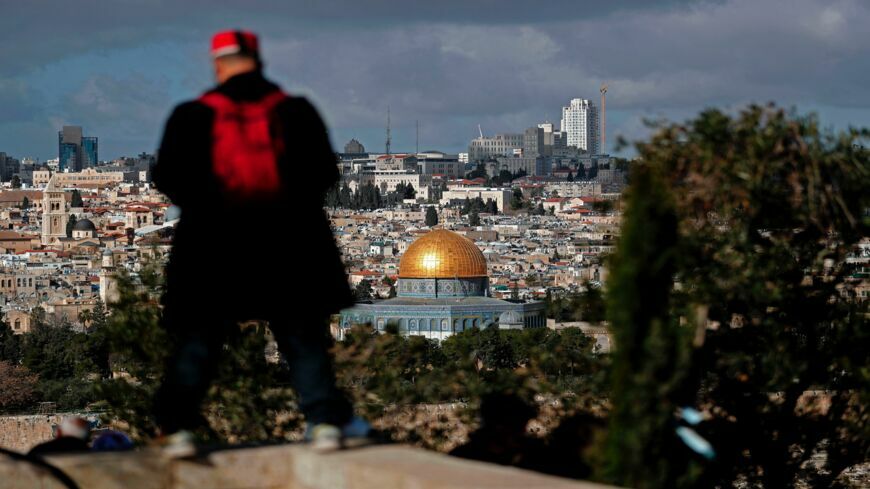
Kishwar Rizvi teaches the history of Islamic art and architecture at Yale University and in this op-ed for the Washington Post writes about the challenges teaching Islamic art “in a time of misinformation and war.”
As she writes, “the news we receive of Iraq and Syria focuses on military incursions, bombings and the horrific loss of life. In my class, we instead discuss the cultural flowering that took place in the great universities of medieval Baghdad, known as the City of Peace, and the incredible works of literature and science composed there. We are not just surveying the form of buildings or noting their dates of construction; rather, we discuss their political circumstances and the rituals that gave life to them. I want my students to understand that while the Middle East today may be defined by war and strife, not long ago, it comprised great cities, home to poets, artists and craftsmen. And I want them to know that these places are worth saving.
The history of Islam, like that of any religion, has never been an easy one. Yet its cultural legacy describes a faith that spans at least three continents and almost two millennia. I speak about the great automatons designed by medieval mathematicians and engineers; of the vibrant literary and artistic culture of Mosul, where Christian and Muslim artists created beautiful works of calligraphy and painting; of the fine-arts academies in Damascus; and of the architectural commissions that lured Frank Lloyd Wright to Baghdad. For the 50 minutes we spend together, my students and I are transported to a world of possibilities. It is an important lesson, of what one day these students will have to rebuild.”



